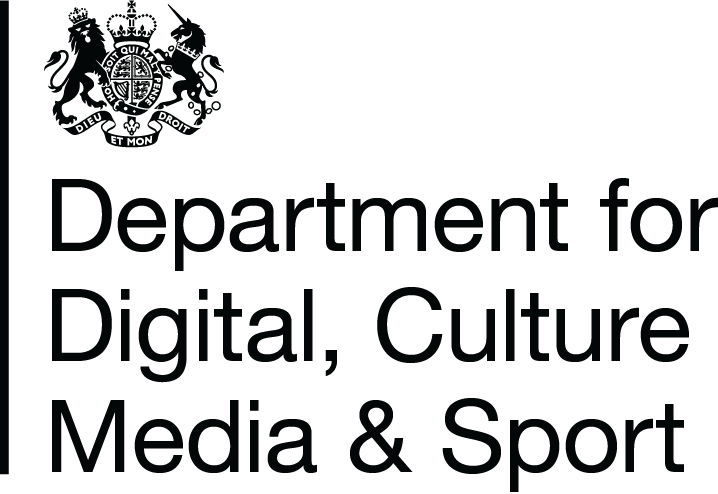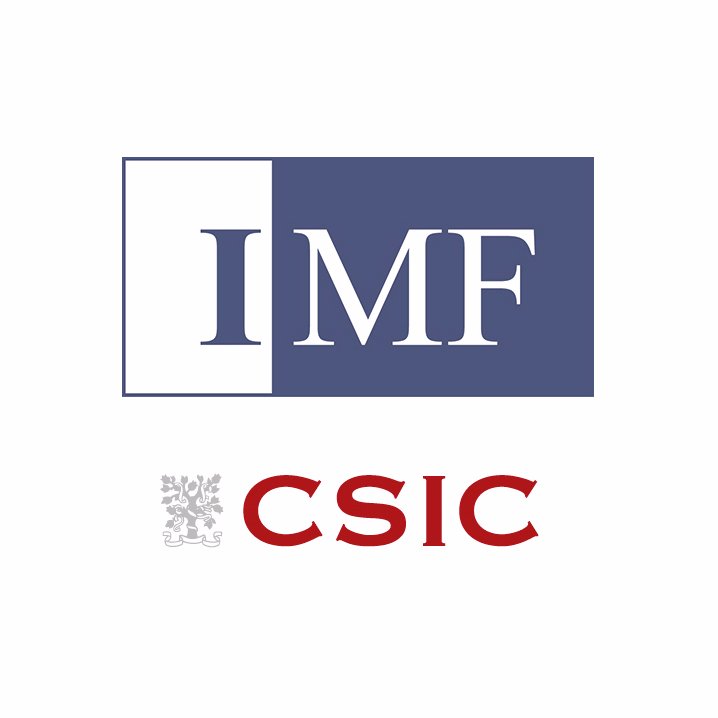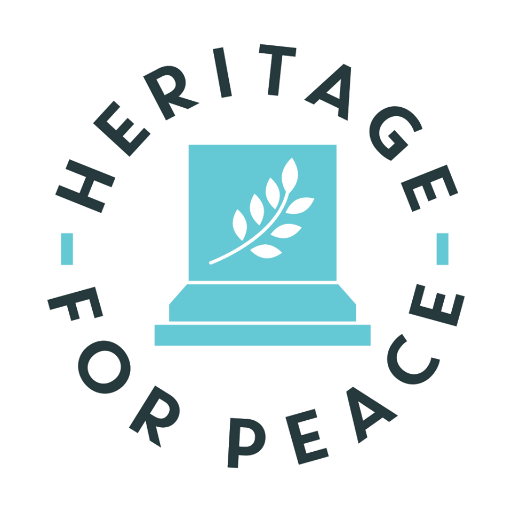This project has been funded thanks to the generous support of the British Council’s Cultural Protection Fund



The Institute Milà i Fontanals (IMF) was founded in 1968. It brought together several Spanish National Research Council institutes in subjects within the Humanities.

RehabiMed Association is an initiative that represents the ongoing experience of partnership between institutions and organizations in over 40 Euro-Mediterranean countries.

Since the outbreak of the conflict back in 2011, historical monuments and archeological sites in Raqqa have been subjected to various threats.
Moreover, the criminal activities that took place against heritage sites, caused an immeasurable level of damage, being 90% of the city destroyed by the conflict. .
It was important to work in al-Raqqa not only because the local authority ACNES asked for support, but because the city and its surroundings are AN important part of cultural heritage in Syria, as well as being registered in the Tentative World Heritage List.
Training materials, Assesment and documentation, implentation of emergency conservation works and awareness actions.
The project was truly for the people and by the people.
It not only trained 20 professionals, but it made available the participation of local population in observation activities.
This way, ties to local heritage were strengthened while enhancing a sense of importance of their heritage.
The project was developed in a sustainable way and the trainees now form a team that can independently undertake documentation work.
© Rafekatuna: Protection of Heritage in Raqqa, All Rights Reserved